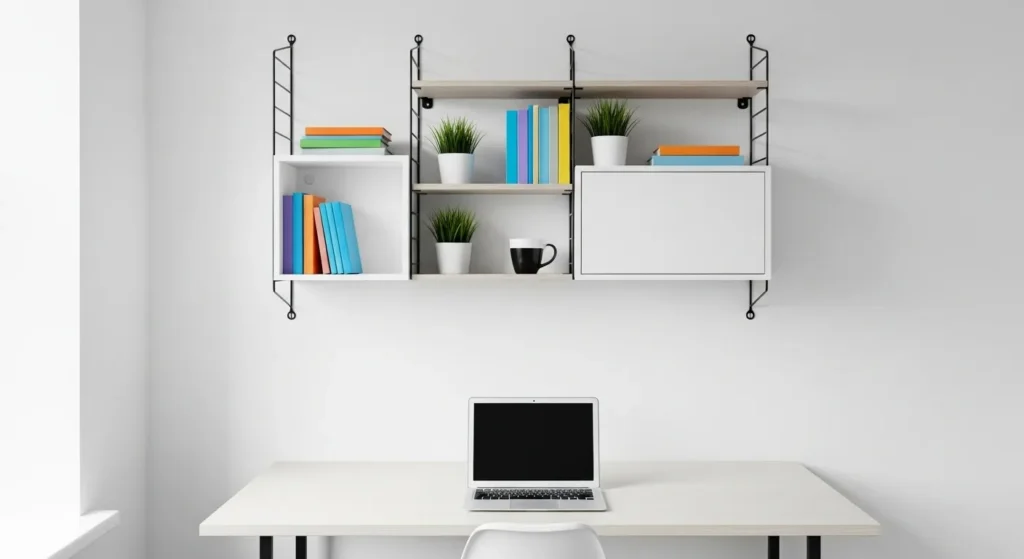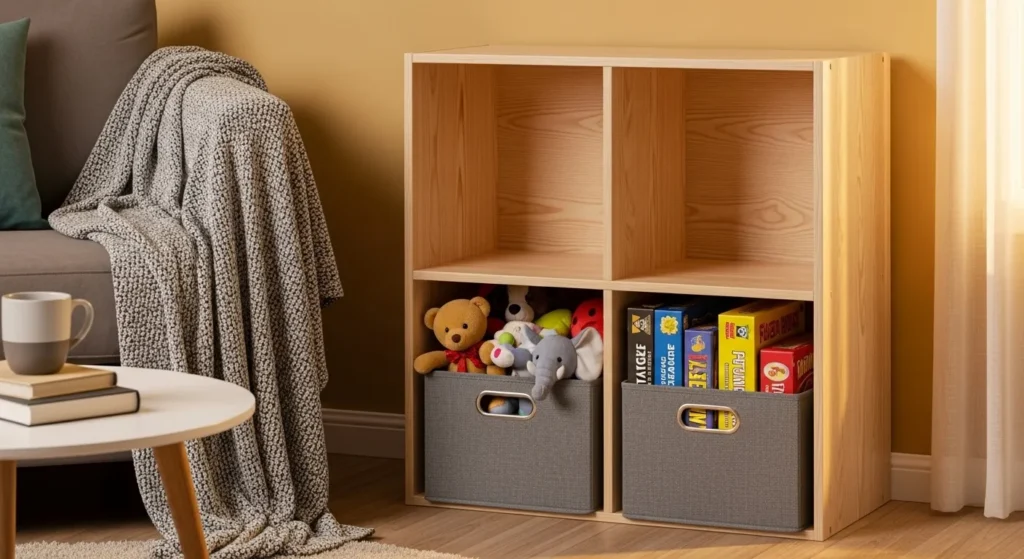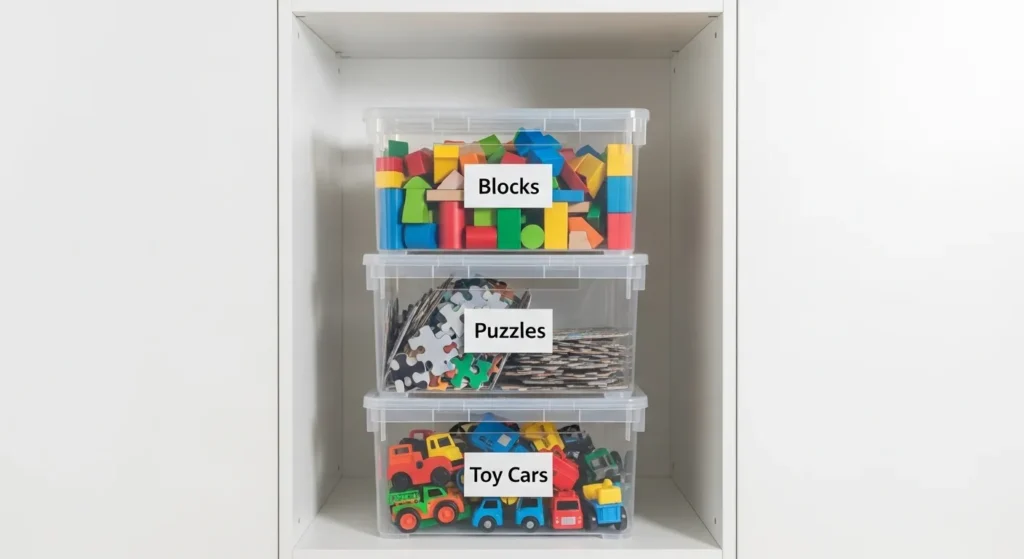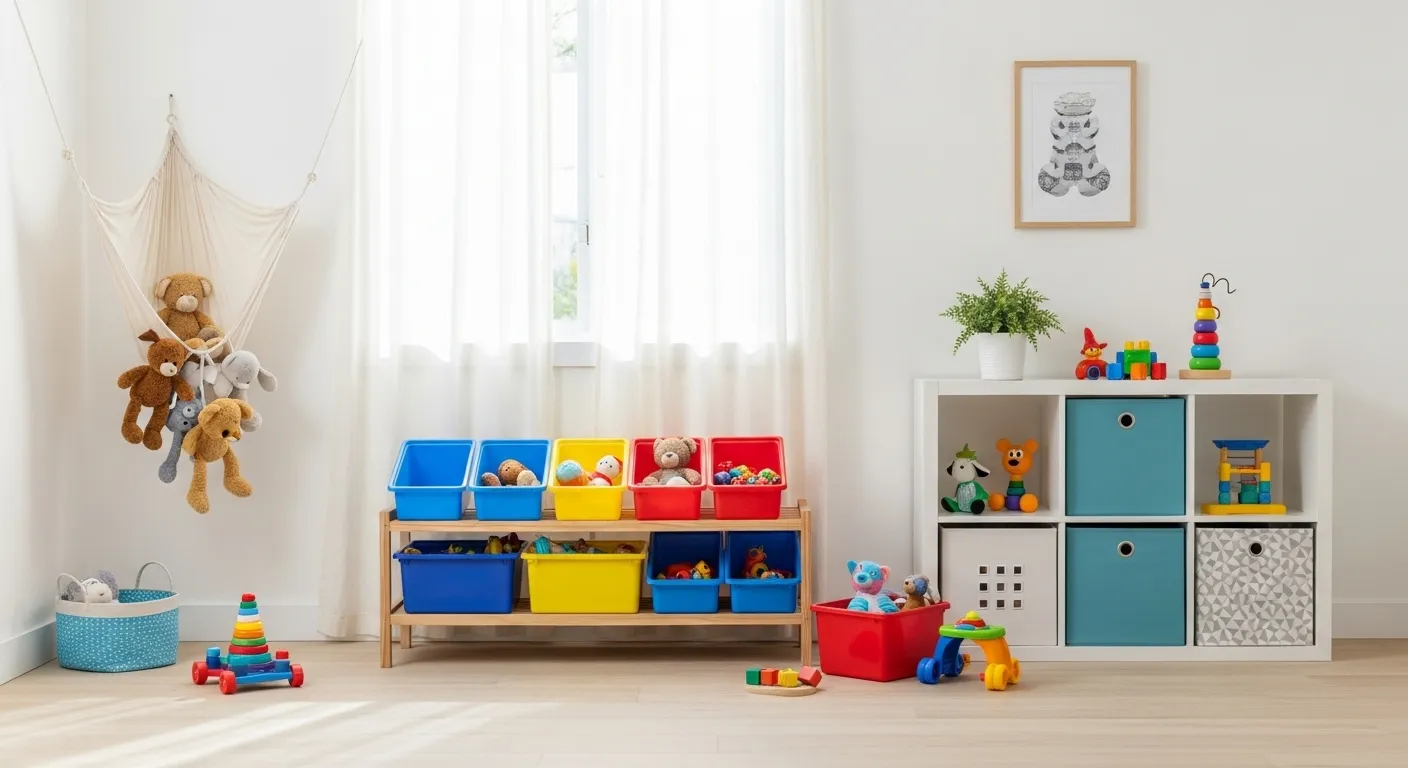Parents face toy clutter every day. Toys spread out fast. This guide shows simple ways to store them. You will find ideas that save space and time. These tips help kids clean up too.
Why Organize Toys?
A neat space helps kids play better. They find toys quickly. It cuts down on mess. Parents spend less time picking up. Kids learn to put things away. This builds good habits early.
Common Toy Storage Problems
Kids’ interests change often. Toys pile up from gifts. Small parts get lost. Siblings share toys but fight over them. Limited room makes it hard. Kids resist cleaning. New toys come in regularly. Systems fail without labels.
Steps to Sort Toys
Gather all toys in one spot. Group them by type. Throw out broken items. Give away unused ones. Measure your space. Pick a storage system. Set it up. Add labels.
Toy Storage Ideas for Any Room
Use these methods to fit your home. They work in bedrooms, living rooms, or small spots.
Use Bins and Baskets
Bins keep small toys together. Pick clear ones to see inside. Or use fabric for a soft look. Place them on low shelves. Kids reach them easily.
- Sort by category: cars in one, blocks in another.
- Stack bins to save floor space.
- Add handles for easy carry.
For small spaces, try under-bed bins. They slide out when needed.

See more on closet organization ideas for small spaces.
Shelves and Cubes
Shelves let kids see toys. Cube units fit many spots. Add doors to hide clutter. Use them in closets or corners.
- Adjustable shelves grow with kids.
- Cube bins slide out like drawers.
- Mix open and closed spots.
In living rooms, pick wood tones that match furniture. This keeps the room calm.

For more systems, check time-saving organization systems that work.
Hidden Storage in Furniture
Hide toys in everyday items. Use ottomans with lids. Or coffee tables with drawers. Armoires work for big toys.
- Benches with storage under seats.
- TV stands with baskets inside.
- Window seats for books and games.
This keeps living rooms neat for guests.
Wall and Door Options
Walls save floor space. Hang hammocks for stuffed animals. Use over-door pockets for small items.
- Pegboards for art supplies.
- Hooks for dress-up clothes.
- Floating shelves for books.
Doors add spots without taking room. Fit them in closets or bedrooms.
Check mudroom organization ideas for entryway tips.
Rotate Toys
Keep some toys out of sight. Switch them every few weeks. This makes old toys feel new. Store extras in closets or garages.
- Use stackable bins for rotation.
- Label with dates.
- Involve kids in picks.
This cuts clutter and sparks play.

See garage storage systems that work for extra space ideas.
Labels and Kid Help
Labels show where toys go. Use pictures for young kids. Words for older ones.
- Clip labels on bins.
- Color code by type.
- Make cleanup a game.
Set rules: one toy out at a time. Praise kids when they help.
Ideas for Small Spaces
Stack items high. Use vertical shelves. Pick slim units. Roll carts under tables. These fit apartments or tiny rooms.
Check studio apartment space-saving hacks.
Best Practices for Lasting Order
Declutter every few months. Donate to others. Buy storage that lasts. Pick safe items without sharp edges. Clean bins often.
For products, see sites like IKEA toy storage or Wirecutter reviews.
These steps keep your home calm. Kids play more. You stress less. Start small today.
